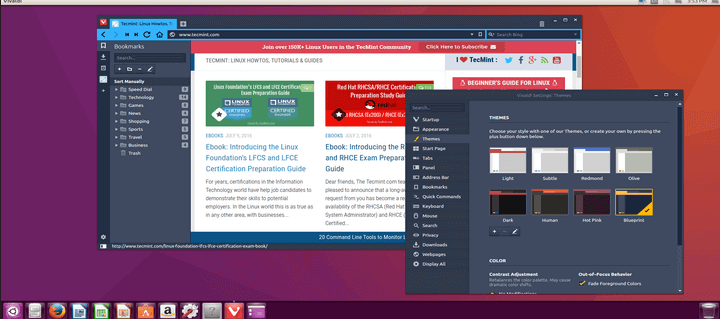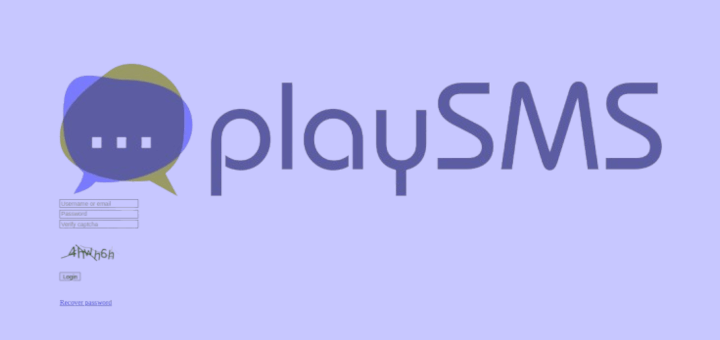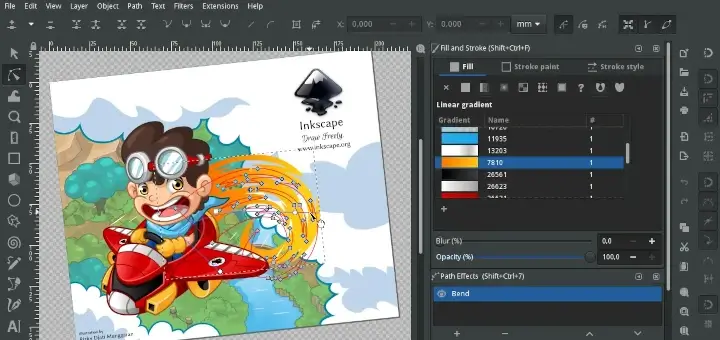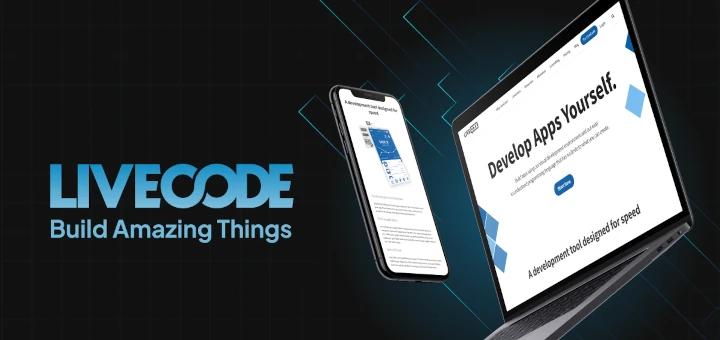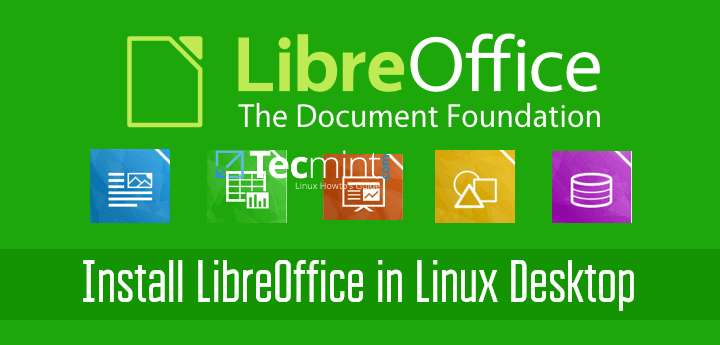There are aspects of Linux that I find frustrating, even though I don’t talk about them often. Here are five points that I encounter almost daily:
1. Too Many Good Distros to Choose From
Reading online forums (a part of my hobby), I often come across questions like, “Hi, I am new to Linux, just switched over from Windows. Which Linux Distribution should I use? Oh, and I am an Engineering Student.”
When such questions are posted, there is a flood of comments. Each distribution’s fan tries to prove that their choice is superior.
Some typical comments include:
- “Try Linux Mint or Ubuntu, they are easy to use, especially for newbies.”
- “Ubuntu is terrible, go with Mint.”
- “If you want something like Windows, better stay there.”
- “Nothing is better than Debian. It is easy to use and contains all the packages you may need.”
- “Learn Slackware; if you learn Slack, you learn Linux.”
- “CentOS is unparalleled when it comes to stability.”
- “I recommend Fedora for bleeding-edge technology; you’ll learn a lot.”
- “Puppy Linux, SUSE, BSD, Manjaro, Mageia, Kali, RedHat Beta, etc.”
At the end of the discussion, the person asking the question often feels confused and annoyed.
In contrast, consider the same scenario with Windows or Mac. Someone might say, “Are you still using Windows” but no one would aggressively argue that Windows is better. Mac users typically don’t jump into discussions just to make their point louder.
This situation is not only true in online forums but sometimes extends into the corporate world as well.
For instance, I was recently interviewed by a company based in Mumbai (India). The interviewer asked me several questions about technologies I have worked with.
Although I met nearly half of their requirements, the conversation took a strange turn:
| Interviewer | Me |
|---|---|
| “Do you know kernel editing? Wait, no, not kernel editing. Do you know how to compile a kernel on a monolithic side?” | “Yes, we just need to ensure that we select the necessary options before compiling the kernel.” |
| “How do you compile a kernel?” | “I used make menuconfig to…” |
| (interrupting) “When was the last time you compiled a kernel without any help?” | “Recently, on my Debian…” |
| (interrupting) “Debian? We use CentOS. Ok, I will tell the management the result. They will call you.” |
I didn’t get the job, and the interviewer’s dismissive tone left me thinking. He could have simply said, “We use CentOS,” but his tone was a bit off-putting.
2. Lack of Support for Some Important Software
While Linux offers a vast software repository, some specific programs, particularly those designed for Windows, might not have native Linux versions.
This includes some PC Suites for Android phones from certain manufacturers. However, there are often alternatives available, like open-source tools or web interfaces, that can achieve similar functionality.
While Linux originated on servers, it has evolved into a powerful desktop OS. Many popular Linux distributions prioritize user-friendliness and offer a variety of applications for everyday tasks, web browsing, productivity, and even multimedia creation.
It’s true that desktop users might prioritize different features than server administrators. Security and stability remain important, but user-friendly applications and broad software support are also crucial for a complete desktop experience.
Some smartphone manufacturers might not provide dedicated Linux PC Suite software. However, the open-source community often develops tools that bridge this gap and allow basic functionalities like file transfer or backups.
While Linux has made significant strides, there are still areas for improvement:
- High-End Gaming: While compatibility is increasing, Linux might not offer the same level of support or performance for cutting-edge games as Windows.
- Professional Creative Tools: While there are excellent open-source options like GIMP for image manipulation, some industry-standard video editing software might not be readily available on Linux.
Linux is a viable desktop option for many users, but it’s important to understand its strengths and weaknesses.
While it might not be perfect for everyone, especially those requiring specific software or high-end gaming, it offers a stable, secure, and customizable computing experience.
3. Linux Users Often Live in a Virtual World
Some Linux users have a habit of boasting: “I use Linux, and I am superior to you. I can handle the terminal much better. Linux is everywhere – in your wristwatch, mobile phone, remote control. Hackers use Linux. You can do many things with Linux that you can’t with Windows or Mac.”
Linux is indeed used in the International Space Station, the world’s most successful movies like Avatar and Titanic were made using Linux, and 90% of the world’s supercomputers run on Linux. Facebook, LinkedIn, Google, and Yahoo all have Linux-based servers.
I don’t mean these claims are false, but the constant bragging can be annoying, especially when people know very little about what they’re talking about.
4. Long Hours of Compilation and Dependency Resolution
Even with automatic dependency resolution and smarter programs, it can still be a pain. For example, I was installing a program (let’s call it 'y') which had a dependency ('x') that couldn’t be resolved automatically.
While resolving 'x', I encountered eight other dependencies, some of which had additional dependencies. Isn’t that painful?
In the corporate world, efficiency and time are crucial. Who cares if your code is coming from Windows, Mac, or Linux as long as the work is done efficiently?
5. Too Much Manual Work
No matter which distro you choose, you often have to do a lot of things manually. For instance, installing proprietary Nvidia drivers might require you to kill X manually, edit Xorg.conf, and still end up with a broken X. You also have to ensure it works after the next kernel update.
In contrast, on Windows, you just run executables and click Next, Next, I Agree, Next, Forward, Finish, Reboot, and rarely face a broken GUI. While a broken GUI on Windows is hard to repair, it’s much easier on Linux.
Some might argue that manual configuration gives you more control, but at least provides a working interface from which users can customize further.
Why should the installer leave the user to reinvent the wheel each time in the name of security and configurability?
I’ve been a Linux fan and have worked on this platform for nearly half a decade, using various distros. These are my conclusions, but you might have different experiences.
Please share why you hate (or love) Linux in the comment section below.



